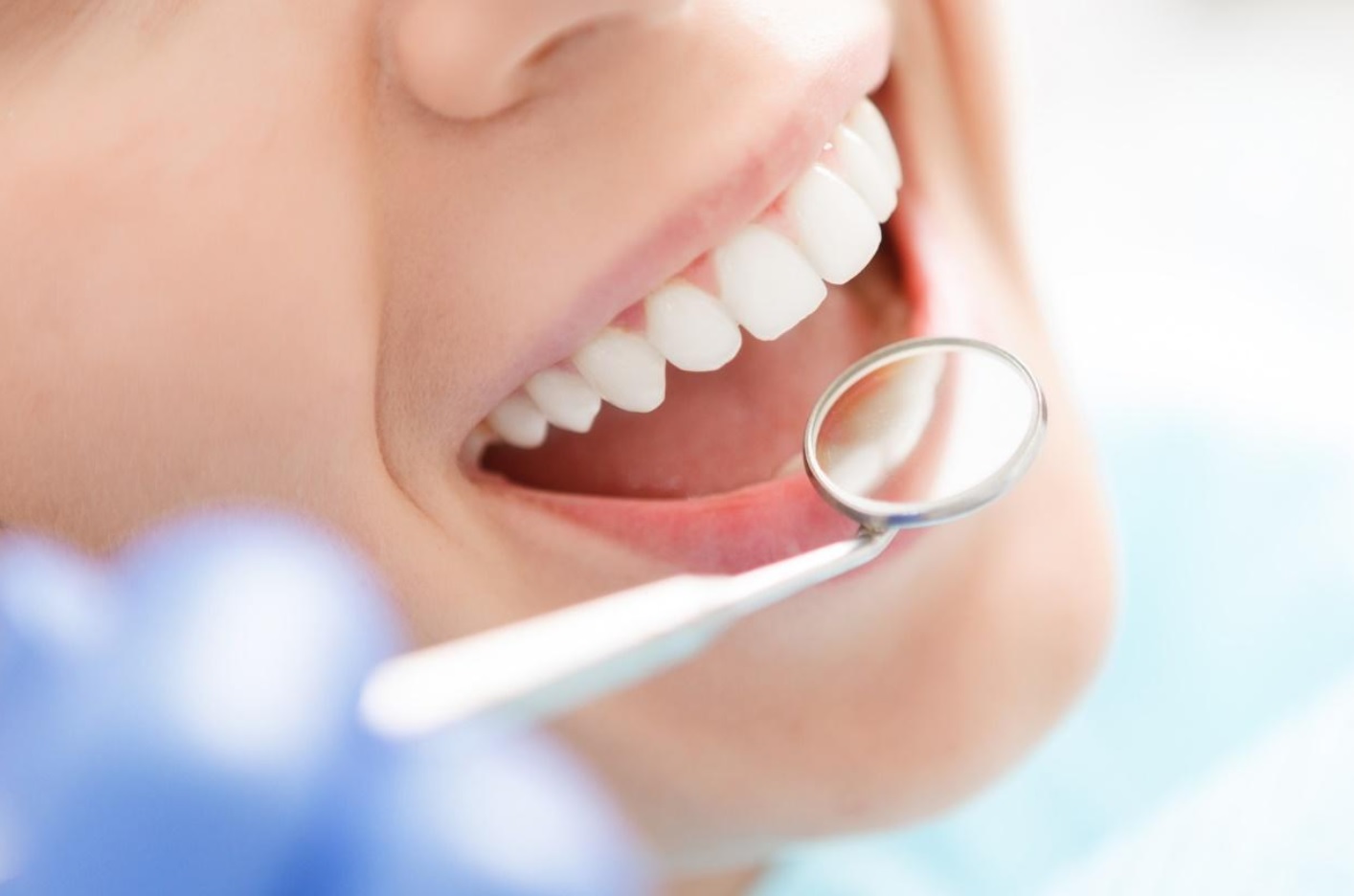The dawn of the 21st century saw a radical transformation in healthcare delivery, specifically within the arena of oral care. Technological advancements, improved training, and a renewed emphasis on patient-centric care have shaped the contemporary landscape of oral health services. In this context, let’s delve into the world of modern dental care facilities, their practices, and how they contribute to healthier, brighter smiles.
The Evolution of Oral Care Facilities
From humble beginnings in the late 19th century to the sophisticated establishments of today, dental practices have significantly evolved. The humble dental clinic – a term we will use only once to denote the traditional model of oral healthcare delivery – has paved the way for today’s multidisciplinary practices that encompass prevention, diagnosis, treatment, and rehabilitation under one roof.
Emergence of Specialized Dental Practices
Specialization in various aspects of oral health has led to the establishment of niche practices. These encompass fields such as endodontics, periodontics, orthodontics, prosthodontics, and pediatric dentistry, among others. By focusing on specific areas, these practices can deliver highly tailored care to address unique dental issues, enhancing patient satisfaction and outcomes.
Endodontic practices, for instance, primarily focus on root canal treatments and other procedures involving the tooth pulp. On the other hand, orthodontic facilities specialize in the correction of teeth and jaw alignment using braces, aligners, and other innovative solutions. Periodontal practices cater to gum diseases, offering treatments ranging from scaling and root planing to advanced surgical procedures.
In the same vein, prosthodontic practices concentrate on the restoration and replacement of teeth, leveraging options like implants, bridges, and dentures. Finally, pediatric dental practices cater exclusively to children, offering a wide range of services tailored to the unique needs of young ones.
Redefining Patient Experiences
Patient experiences have drastically improved with the advent of technology and patient-centric practices. Digitalization of records has streamlined appointment scheduling, patient history tracking, and treatment planning. Furthermore, innovations such as CAD/CAM (Computer-Aided Design and Computer-Aided Manufacturing) technology have revolutionized dental restorations, reducing the turnaround time and improving the fit and appearance of crowns, veneers, and other prostheses.
Meanwhile, advancements in sedation dentistry have helped alleviate dental anxiety, enabling practitioners to perform complex procedures without causing distress or discomfort to patients. Consequently, these changes have made dental visits more comfortable, efficient, and fruitful for patients, fostering a more positive attitude towards oral health.

Prevention: The Keystone of Modern Oral Care
Preventive care holds paramount importance in modern oral health facilities. Regular dental check-ups, professional cleaning, fluoride treatments, dental sealants, and patient education on oral hygiene are standard practices in this regard.
By prioritizing preventive care, oral healthcare providers aim to identify and address potential issues early, reducing the need for invasive procedures. Moreover, an informed patient who understands the importance of oral hygiene and regular check-ups can actively participate in maintaining their oral health, further enhancing preventive efforts.
The Eco-Friendly Paradigm in Dentistry
Sustainability is a growing focus in dental practices, aligning with global efforts towards eco-friendliness. The adoption of digital radiography over traditional X-rays significantly reduces radiation exposure and eliminates the need for harmful developing chemicals.
Likewise, the utilization of biodegradable dental materials, eco-friendly disinfectants, energy-efficient appliances, and responsible waste management systems contribute to a more sustainable dental practice. By doing so, modern dentistry not only secures the health of patients but also the health of the planet.
Final Thoughts
The field of dentistry has come a long way, continually evolving to adapt to changing needs and advancements. From specialized practices that offer targeted care to digital technologies that enhance patient experiences, the modern oral healthcare facility is a far cry from the traditional concept of a dental clinic.
Emphasizing prevention, patient comfort, and sustainability, these practices foster a healthier community, one smile at a time. As such, the future of oral care promises to continue this trajectory of improvement, ensuring oral health services remain at the forefront of healthcare evolution.
